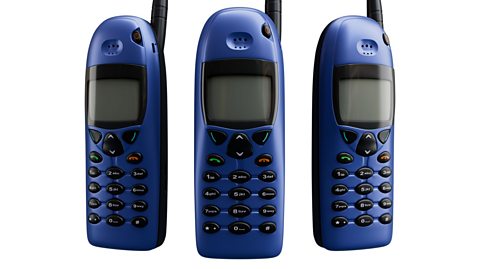Key points
- Disassembling existing products provides insights into functionality, materials, and potential improvements for future designs
- Brainstorming thought showers encourages creativity and collaboration, generating a wide range of ideas in a non-judgemental environment
- User experience trips involve observing how users interact with products in real-life situations, gathering valuable feedback for design improvements
- Freehand sketches are a quick way to visualise initial design ideas, with annotations to communicate key details
- Computer-aided design CAD and modelling enable the creation of precise digital representations allowing for efficient modifications and detailed visualisations
- Physical mock-ups and prototypes allow for hands-on testing and evaluation of designs, using materials like balsa wood or 3D-printed models for cost-effective development
Disassembling existing products
Disassembling existing products is a valuable practice in the design process. It allows designers to gain insights into functionality, materials, and user experiences. The following outlines the reasons for disassembly alongside its benefits and potential impacts on future designs, enhancing innovation and ensuring better product development.
Reasons for disassembling products
Understanding functionality
- helps designers see how the product works internally.
- an example might include observing gear movement in a clock.
- Informs better mechanism design in new products.
Identifying strengths and weaknesses
- reveals what works well and what doesn't, leading to better designs.
- one way might be noticing weak points in a chair.
- guides improvements in durability and safety.
Material and component evaluation
- aids in selecting suitable materials for new designs.
- such as evaluating the plastic used in a toy
- ensures better material choices in future designs.
Learning from mistakes
- helps avoid making similar design mistakes in new projects.
- like identifying flaws in an old phone.
- increases design reliability and user satisfaction.
Inspirational ideas
- sparks creativity and inspires new design solutions.
- an example would be adapting a feature from a competitor's product.
- enhances innovation and uniqueness in new designs.
Cost and sustainability considerations
- leads to more cost-effective designs and sustainable material choices.
- this might be choosing recyclable materials.
- reduces production costs and environmental impact.
User feedback
- gathers insights from actual users for better design alignment.
- one way would be to ask users about their experience.
- improves user satisfaction and usability in design.
Trends and market needs
- helps identify current trends and consumer demands.
- such as noticing popular features in new gadgets.
- ensures the product meets market expectations.
Computer design trends from the 1980's to today.
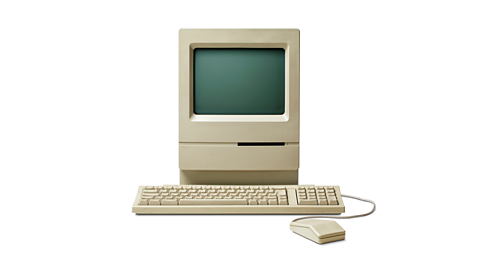
Image caption, Vintage all in one desktop computer
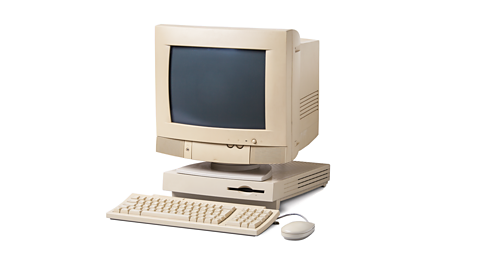
Image caption, Vintage desktop computer with separate monitor.
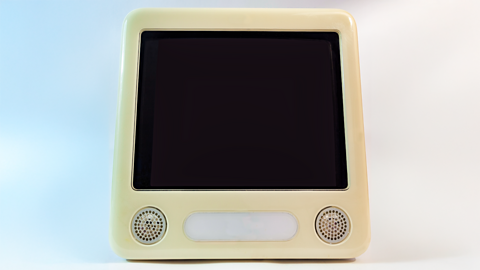
Image caption, Vintage all in one computer with plastic styling from the 1990's
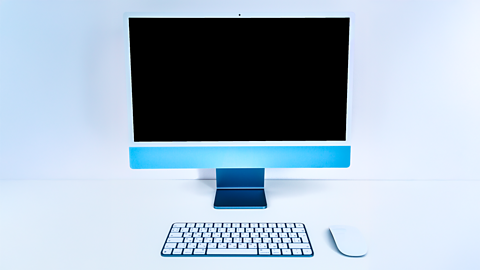
Image caption, Modern all in one desktop computer with flat LCD monitor
1 of 4
Brainstorming
A thought shower is a technique used to generate ideas quickly. In a relaxed environment participants share their thoughts without criticism. This encourages creativity and helps uncover various solutions to a problem. It’s useful for designers to explore new concepts and ensure all voices are heard.
| Reason for using thought shower | Benefits | Potential impact on design |
|---|---|---|
| Encourages creativity | Generates a wide range of ideas | Leads to innovative and diverse design solutions |
| Fosters collaboration | Involves team members and stakeholders | Enhances teamwork and shared ownership of the project |
| Reduces judgement | Promotes open expression of ideas | Encourages risk-taking and exploration of unconventional ideas |
| Increases engagement | Keeps participants actively involved | Boosts motivation and investment in the design process |
| Allows for rapid idea generation | Quickly collects numerous concepts | Saves time in the initial phases of the design process |
| Identifies user needs | Helps to focus on the target audience | Ensures that designs are user-centered and relevant |
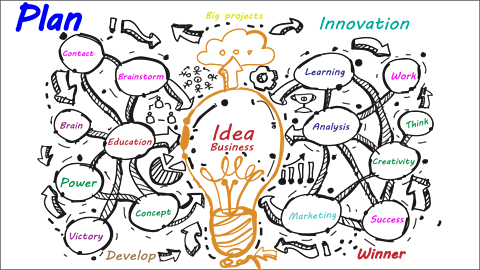
User experience/trips
User experience or trips involve observing how users interact with products in real-life situations. Understanding their feedback helps designers create products that meet user needs and improve overall satisfaction.

| Aspect | Explanation | Potential Impact on Design |
|---|---|---|
| Purpose | Observing how users interact with products in real life | Informs design decisions based on actual user behaviour |
| Data collection | Gathering feedback and experiences from users | Identifies user needs and preferences for improvement |
| User engagement | Involving users in discussions about their experiences | Creates designs that better meet user expectations |
Sketching, modelling, and formal drawing
How sketching, modelling, and formal drawing is used during the design process
Working drawings are a very important tool within the design process. They are produced by the designer and then sent on to the manufacturer to allow them to produce the product. You need to include all the relevant information within your working drawings to allow the manufacturer to accurately reproduce your design.
First up is an isometric drawing. These are very useful for showing measurements as well as how certain components will fit together. The main things to remember when producing an isometric drawing is that all horizontal lines are to be drawn at a 30° angle, vertical edges are drawn as vertical lines and lastly parallel edges appear as parallel lines. They are used to show a 2D graphical representation of a 3D object.
Next up is an exploded diagram. These are very useful for the manufacturer. An exploded diagram shows how a product is to be assembled and how the separate parts fit together. The dotted lines show where each part is to slide into place. They can also show components that would usually be hidden.
Lastly we have an orthographic projection. This type of diagram shows the product from all angles, with each correctly lined up. Two different symbols are used to signify what angle the diagram is representing. The first angle symbol should look like this and the third angle symbol like this.
In a first angle projection the plan view is below the side view, whereas in a third angle projection the plan view is above the side view.
Freehand sketches
Freehand sketching is the quickest way of getting your initial designs on paper before an idea is forgotten. Freehand sketches are often done without a ruler or template and instead are produced quickly and freely.
Freehand sketches showing annotations
AnnotationLabelling of a diagram. can be added at any point to show key parts, sizes, materials, ComponentsParts that when put together makes a product. and ConstructionHow an item is put together.. The use of shading, colour and different viewpoints can be an easy way of communicating initial ideas.
Computer aided design (CAD)/modelling
Computer-aided design (CAD) and modelling are essential tools in modern design. They enable designers to create precise digital representations of products, allowing for efficient modifications and detailed visualisations before manufacturing begins. This approach enhances creativity and accuracy, ultimately leading to better design outcomes
| Description | Examples | Potential Impact on Design |
|---|---|---|
| CAD allows for precise measurements and details, reducing errors in design | 3D models with exact dimensions | Improved accuracy |
| Designers can create realistic images of products | Renderings for presentations | Enhanced visualisation |
| Changes can be made quickly without starting from scratch | Altering design features or sizes | Easier modifications |
Physical mock-ups, modelling and prototypes
Modelling can be time-consuming and expensive, but a physical model allows a person to see and handle a product unlike viewing it on a screen through computer aided design (CAD)The process of creating a 2D or 3D design using computer software..
computer aided manufacture (CAM)The manufacture of a part or product from a computer aided design (CAD) using computer-controlled machinery, such as a 3D printer. models made on a 3D printer using a CAD drawing are very accurate but also expensive, time-consuming and limited to 3D-printable materials.
Product designers can use easy-to-form and easily accessible materials, eg balsaA very lightweight hardwood used for modelling., jelutongA low-density wood used for modelling. and cardboard, to create cheap models quickly and cheaply.
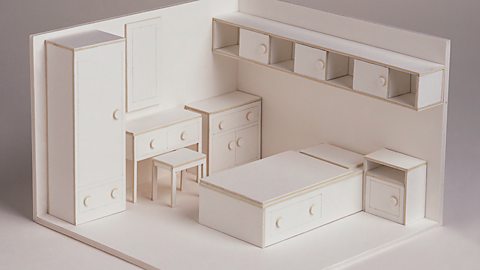
Models can be used to help:
- test the solutions functionality and whether the design is fit for purpose before selection for development and manufacture
- others, including a client, to see how the solution will look and provide feedback
- plan for manufacture, including suitable sizes and materials
Modelling and prototyping to help with the design process
Visual features
Visual features in product design are essential for creating appealing and functional products. Understanding elements like line, shape, form, texture, colour, and proportion helps designers communicate ideas and attract users.
| Visual feature | Considerations | Impact on design |
|---|---|---|
| Line | Use different types of lines to evoke specific feelings. | Lines can direct attention or create movement. They can also define shapes and forms within a design |
| Shape | Choose shapes that align with the product’s purpose. | Shapes can convey meaning and emotions. Geometric shapes may appear modern while organic shapes can feel more natural. |
| Texture | Consider how texture influences user interaction with the product. | Texture adds depth and interest. It can enhance the tactile experience and affect the perception of quality. |
| Colour | Use colour to evoke emotions or highlight important features. | Colour influences mood and brand identity. It can attract attention or create a sense of harmony. |
| Proportion | Ensure proportions are appropriate for the product's intended use. | Proportion affects balance and harmony within a design. It can influence how users perceive the product's functionality. |
Test yourself
More on Design and innovation
Find out more by working through a topic
- count3 of 5
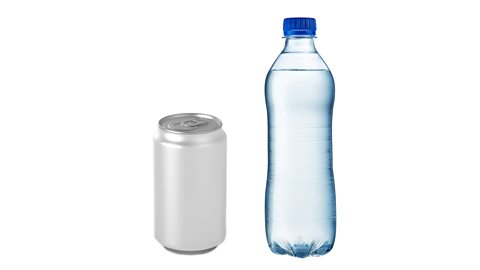
- count4 of 5
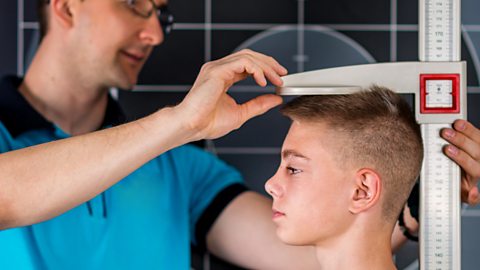
- count5 of 5
